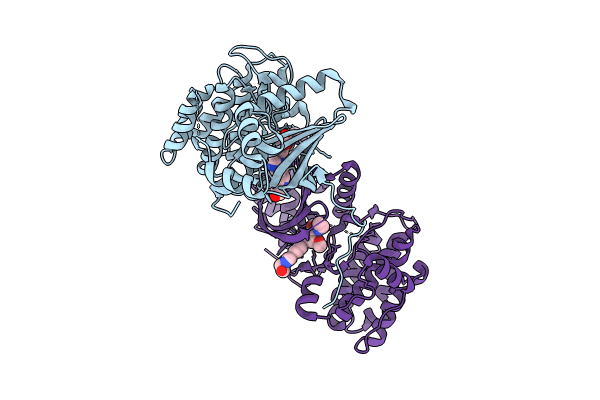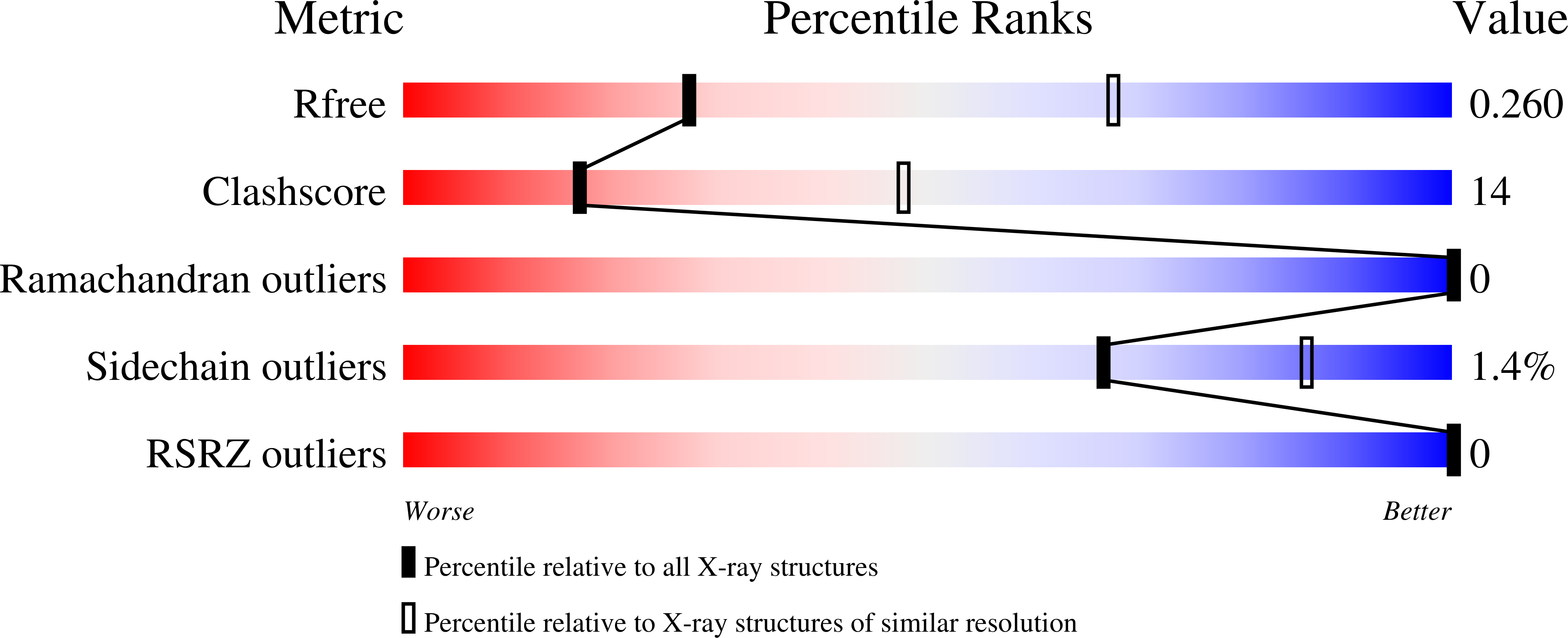
Deposition Date
2023-03-29
Release Date
2024-01-10
Last Version Date
2024-01-24
Entry Detail
PDB ID:
8OKU
Keywords:
Title:
Salt-Inducible Kinase 3 in complex with an inhibitor
Biological Source:
Source Organism:
Homo sapiens (Taxon ID: 9606)
Host Organism:
Method Details:
Experimental Method:
Resolution:
3.10 Å
R-Value Free:
0.25
R-Value Work:
0.21
R-Value Observed:
0.21
Space Group:
P 65 2 2


